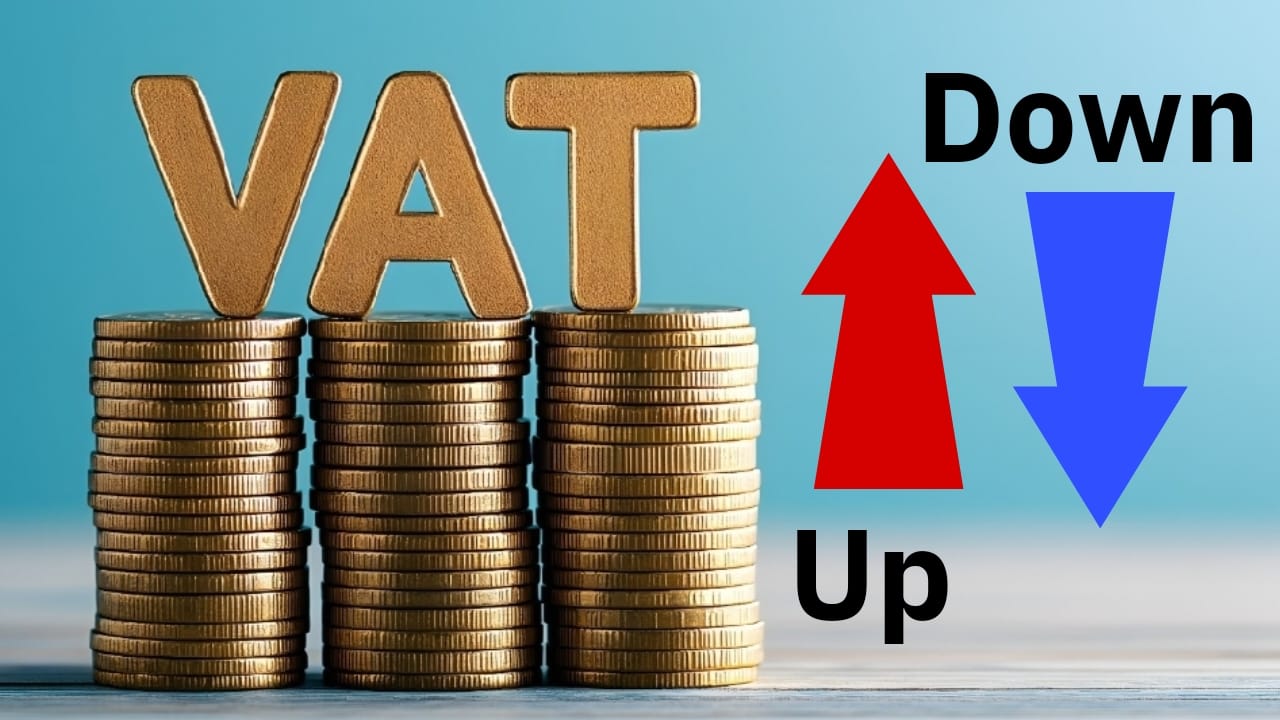By Dr. V. Lemmer
In a dramatic policy reversal, the South African government has withdrawn its proposed Value-Added Tax (VAT) increase, maintaining the rate at 15%. This decision, influenced by political dynamics and public opposition, has significant implications for the nation’s economy, especially in the context of global market uncertainties. (Treasury on reversal of VAT increase)
Background: The Proposed VAT Increase and Its Withdrawal
Initially, the National Treasury proposed a gradual VAT increase from 15% to 16% over two years, aiming to address a projected R75 billion ($4 billion) revenue shortfall. The plan was to implement a 0.5% increase on May 1, 2025, followed by another 0.5% in April 2026 . However, the proposal faced substantial resistance from the Democratic Alliance (DA), a key coalition partner, and various civil society groups. Critics argued that the increase would disproportionately affect lower-income households, exacerbating existing economic inequalities . (South Africa scraps VAT increase in dramatic U-turn after coalition rift, South Africa: Implications of potential VAT rate increase, South Africa scraps proposed tax increase after pushback from coalition partners and opposition)
The political pushback culminated in the government’s decision to scrap the VAT hike, a move that has been both lauded and criticized. Finance Minister Enoch Godongwana acknowledged the reversal, stating that the decision followed extensive consultations with political parties and careful consideration of parliamentary committee recommendations . (South Africa scraps VAT increase in dramatic U-turn after coalition rift, South Africa withdraws planned VAT hike after political pushback)
Economic Implications of the VAT Reversal
1. Fiscal Challenges
The withdrawal of the VAT increase leaves a significant gap in the national budget. The Treasury now faces the daunting task of identifying alternative revenue sources or implementing expenditure cuts to maintain fiscal stability. This challenge is compounded by the need to fund critical frontline services that have already suffered reductions due to the country’s constrained fiscal position . (South Africa scraps VAT increase in dramatic U-turn after coalition rift, [PDF] MEDIA STATEMENT ON REVERSAL OF VAT INCREASE)
2. Political Dynamics and Governance
The VAT reversal has exposed underlying tensions within the coalition government. The DA’s opposition to the tax hike and subsequent legal challenge highlight the complexities of coalition governance in South Africa’s evolving political landscape . The incident underscores the necessity for transparent and inclusive fiscal planning to ensure cohesive policy implementation. (South Africa’s finance minister says he won’t resign after VAT U-turn, South Africa scraps VAT increase in dramatic U-turn after coalition rift)
3. Market Stability and Investor Confidence
In the immediate aftermath of the VAT reversal, the South African rand experienced slight fluctuations, reflecting investor concerns over fiscal uncertainty. However, the currency remained relatively stable, trading at 18.82 against the dollar . The government’s ability to present a credible revised budget will be crucial in maintaining investor confidence and avoiding potential credit rating downgrades. (South African rand stable as investors await budget clarity)
Conclusion: Navigating Economic Policy Amid Global Uncertainty
The decision to maintain the VAT rate at 15% reflects the government’s responsiveness to public sentiment and political pressures. However, it also highlights the intricate balance policymakers must strike between fiscal responsibility and socio-economic equity. As South Africa navigates this complex economic landscape, transparent governance, inclusive policy-making, and strategic fiscal planning will be essential in fostering economic resilience and social cohesion. (Treasury on reversal of VAT increase)


